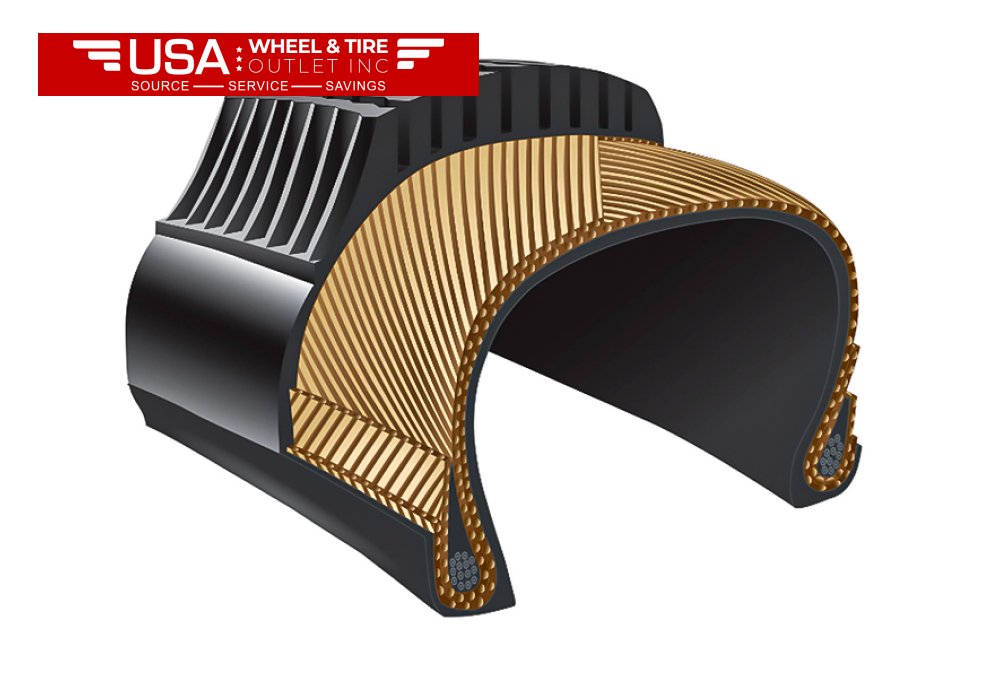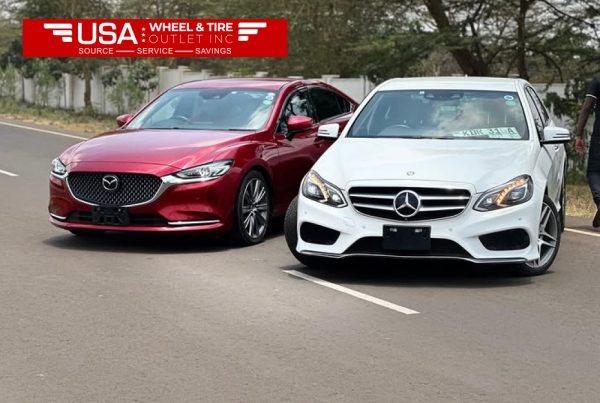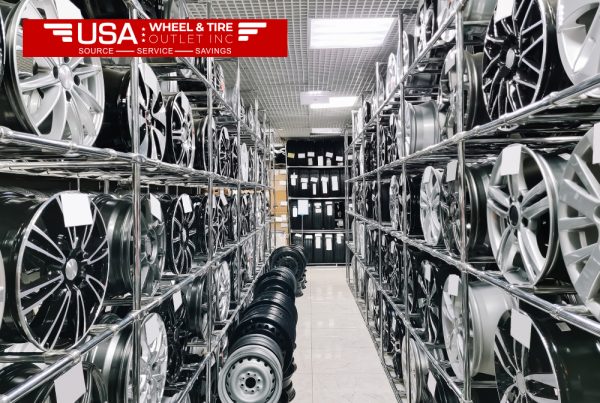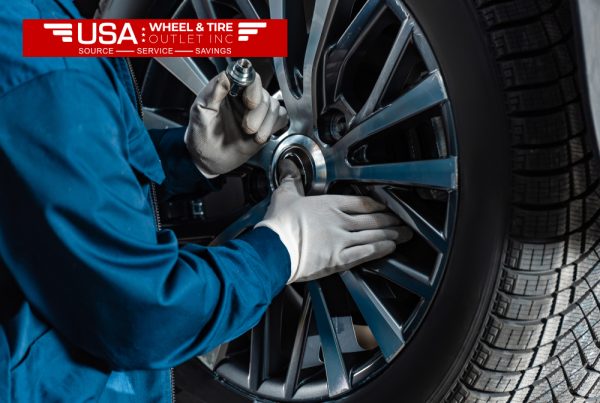When it comes time to select the best tires for your car particularly when you’re driving a large-duty truck or trailer knowing the difference in eight-ply tires or 10-ply tires is crucial. The choice can affect safety, performance as well as the longevity of the tire.
We’ll go over the meaning behind tire ply ratings and compare 8 ply tires with 10-ply tires and assist you choose the right tire depending on your specific needs.
What Does Tire Ply Rating Mean?
The word “ply” refers to the layers of rubber and other substances that comprise the tires’ construction. Each layer provides strength as well as durability and protection against punctures. The ply rating relates to what number of layers the tire has been made with.
In the past that number of plies was correlated with the number of layers inside the tire. In the present however the ply rating is more of an indication of the tire’s durability and capacity for carrying loads instead of the amount of layers.
8 Ply Tires: Overview and Features
8-ply tires are a common choice for vehicles that need moderate load capacity. Typically, they are used on lighter vehicles like trucks, trailers, SUVs as well as commercial vehicles.
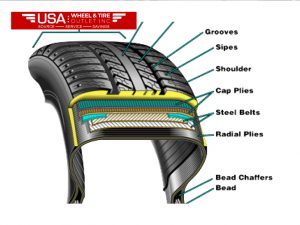
Pros of 8 Ply Tires:
Comfort 8-ply tires give a more comfortable ride than higher ply tires. This makes them suitable for cars that aren’t carrying weighty loads.
Energy Efficiency These tires tend to be lighter, meaning less resistance to rolling, and improved fuel efficiency.
Cost 8-ply tires are cheaper which makes them a more budget-friendly option for those who don’t require a lot of performance.
Durability While they’re not as durable as 10 ply tires 8 ply tires offer decent durability and can withstand everyday driving conditions with ease.
Cons of 8 Ply Tires:
Capacity for Load 8-ply tires are not suited for extremely heavy loads or in high stress conditions. They are not suited for use in a rough terrain or in heavy towing.
Puncture Resistant: The tires are more susceptible to punctures than 10 ply tires, particularly when driving on dirt or debris-laden roads.
10 Ply Tires: Overview and Features
However, 10 ply tires are specifically designed to be used for heavy-duty usage. They are perfect for vehicles that typically transport large loads like RVs, commercial vehicles or off-road vehicles.
Pros of 10 Ply Tires:
Capacity for load 10 ply tires are made to handle loads significantly larger that 8ply tires. This makes them ideal for towing trailers with heavy loads or transporting cargo.
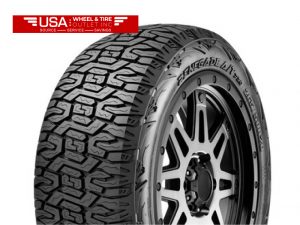
Durability: The additional layers offer better protection from cuts, punctures and scratches. They are more resistant to road-related damage, making them ideal for off-roading or driving in difficult conditions.
Stability: With a better construction 10 ply tires give greater stability when carrying large loads, particularly in high-speed traffic or on rough terrains.
A longer life span Because of their increased durability, tires with 10 ply generally last more than 8-ply tires, particularly in heavy-use conditions.
Cons of 10 Ply Tires:
Stiff Ride: The extra layers make the 10 ply tires more stiff and can lead to more sluggish ride. Although this isn’t an issue for vehicles that are heavy-duty but it can cause discomfort for lighter-duty vehicles or SUVs.
Price: The majority of them will higher priced than 8-ply tires because of the additional layers and the durability.
Fuel efficiency: Due to their higher weight and resistance to rolling 10 ply tires can lower fuel efficiency, especially for vehicles that are lighter.
Load Range Comparison: 8 Ply vs 10 Ply
The load range of a tire is related to the the weight it is able to safely carry. Both the 8 and 10 ply tires come with their own load range ratings. However, generally 10 ply tires are more durable. an increased load range.
8-ply tires typically are rated for a load that is C-D. These tires can be used to carry small loads. They are ideal for vehicles that can’t carry very heavy cargo.
10-ply tires typically have the load range of either F or E, which allows them to take on much larger loads. They are specifically designed for vehicles that often tow or transport large materials.
Which One Is Right for You?
In Agreement with USA Wheels & Tires, The decision between 8 Ply Tires and 10-ply tires is based on your individual requirements. Here are some possible scenarios to think about:
Daily driving and light loads: If you’re using your vehicle to drive for everyday use for commuting, lighter hauling 8-ply tire may be the ideal option. They offer a more comfortable vehicle ride and higher fuel efficiency, without sacrificing any durability.
Heavy Hauling or Towing: For vehicles that have to tow heavy trailers, haul huge loads, or operate in off-road environments, 10 ply tires are the best choice. They provide better load-bearing capacity, greater durability and have superior stability.
Off Road Driving: If you are planning to take your vehicle off-road, 10-ply tires provide greater protection from damage and bumpy terrain. They offer greater traction and are able to handle the additional stress of off-roading.
Budget considerations: If you’re working on a tight budget and don’t require super-durable capabilities, 8-ply tires are a better option that won’t compromise the quality of performance.
The Importance of Tire Ply Rating for Safety
The most important aspects to consider when choosing the best tires will be security. The tires are the sole connection to the roads, meaning that their strength and capacity to carry loads directly impact your vehicle’s performance and safety. Although both 8 ply as well as 10ply tire provide strong security, 10 ply tires are usually the better choice for vehicles with heavy duty or vehicles that are regularly carrying massive loads.
The load range that is associated with each ply rating is a measure of how much weight a tire can safely handle. If you pick the tire that has lower ply ratings than the one that is required by your vehicle’s weight it is possible to overload the tires. This could cause blowouts, tire damage or other problems. This is especially the case for trucks that are heavy duty or trailers which are often filled with large cargo.
In the case of off-roading or towing huge weights, 10 ply tires have better puncture resistance as well as the capacity to deal with more stress, which can reduce the risk of accidents due to the failure of tires. However, even though 8-ply tires are suitable for vehicles with lighter duty however they might not provide the same degree of protection and endurance under extreme conditions or heavy loads.
Choosing the Right Ply Rating Based on Driving Conditions
The tires also play a role in the nature of the terrain they’re on. If you’re driving in difficult conditions like on dirt roads, gravel roads or in rough off-road terrains, 10 ply tires tend to be the best option. Their tougher, longer-lasting construction can withstand sharp rocks or rough surfaces as well as harsh conditions that can result in premature wear to tires with less plies.
Off Road Driving: For those who enjoy off-roading or those who utilize their vehicles for things like trail-driving, camping or for farming 10-ply tires can be a must. The additional layers offer protection against cuts and punctures from sharp objects as well for resistance to abrasions triggered due to rough surface. If you’re trying to climb steep hills or traversing rocky terrain, 10 ply tires will give you assurance that your tires are able to do the task.
Highway and Urban Driving on the other side: If your driving experience is comprised of a smooth highway and urban roads, or roads that are maintained, 8 ply tires are usually adequate. They provide an easy, comfortable driving experience, as well as good performance in terms of fuel efficiency and quiet driving experience. They are capable of handling small loads and normal driving conditions without the extra stiffness of 10 ply tires.
Cost Considerations for 8 Ply vs 10 Ply Tires
Although there’s a cost of the difference between the 8 and 10 ply tires might not be significant for everyone however, it’s an important factor for those who are on a tight budget.
8-ply tires tend to be less expensive, which makes them a desirable option for personal automobiles, light trucks and SUVs which don’t need to carry heavy loads every day. If you have a vehicle that is light-duty and doesn’t plan on hauling a lot of large loads, 8-ply tires could provide the perfect price-performance ratio.
10-Ply Tires On contrary they are more expensive because of their superior durability and more robust construction. Their increased strength and capacity to handle heavier weights means that they are often more in the beginning. If you are using the vehicle for business use, towing, or off-roading then the investment in 10 Ply tires is worthwhile. In time, their longer endurance and improved performance may justify the price.
Conclusion
The right tires for the vehicle you are driving is based on your driving style as well as your load capacity requirements and your budget. 8-ply tires are great for light-duty and daily driving, whereas 10-ply tires are made for heavy-duty vehicles, which require more durability, greater capacity for load in addition to off-road capabilities.
Always check the vehicle’s manual to know the recommended ply ratings for your tires. If you choose the correct tire you’ll experience more safety, a smoother and more efficient driving.
Read Also: What Size Tires Will Fit My Truck? A Comprehensive Guide
FAQs:
Q1: How do I replace the 8 Ply tires with 10 ply tires?
Yes, you can change 8 ply tires to 10 ply tires. But make sure that your vehicle is able to handle the extra weight and the size of the tire is compatible with the wheels you have.
Q2: Do 10 ply tires better suited for towing?
Yes the 10ply tire is better suitable for towing large objects due to their larger capacity to carry loads and endurance.
Q3: What happens if I have 10 ply tires? alter my riding comfort?
Yes 10 ply tires give more rigidity than 8 ply tires. However, the price is greater durability and capacity to bear loads.

